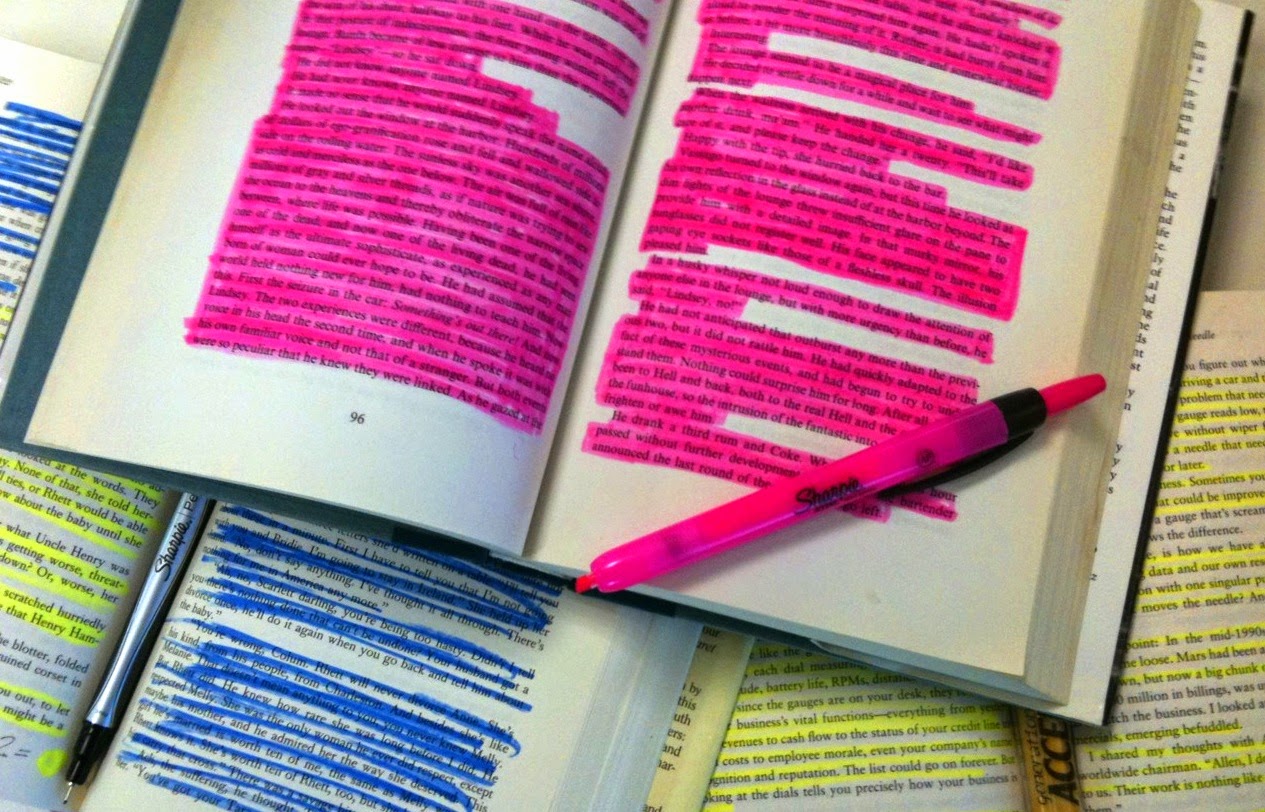Announcements and Reminders for Tuesday, April 24, 2018
|
Targets for Today:
|
Today’s Agenda for for Tuesday, April 24, 2018:
If you have completed your blog assignment, hand it in to the top wire basket.
2. Individual Reading and Filling out the Reading Log
Read your choice of materials. Read quietly until the teacher directs you tostop. Receive and Fill out your reading log.
If you're absent, or were off-task during reading time, or didn't fill out your log, pick up a pink make-up sheet and do the homework.
3. One-Minute Partner Fluency Practice
______ wpm
MAKE SURE YOU FILL OUT THE DATE, PASSAGE NUMBER OR LETTERS, AND WORDS PER MINUTE EACH TIME YOU HAVE HAD A TURN TO DO A TIMED READING.
Fill out your new graph for each time you read.
3. BICUM -- Be in Control: Use Metacognition!
More on your Brochure: We filled this out last time.
Patterns -- Name that Text Structure!
Words you need to know:
Imply = to suggest
Infer = to conclude
Making Inferences is very similar to Making Connections and Making Predictions. In fact, predictions are a type of inference. When you make inferences, you use clues from the text, memories, facts, experiences, and more to "read between the lines". You're not just looking forward to guess what will happen next, but you're looking at the whole text!
We will use an acronym to help us remember the important parts of making an inference. KIC
Making inferences is a life skill, not just a reading skill! You make inferences all the time as you meet new people, decide if a movie is going to be good or not, or try to figure out what happened to that thing that you lost.
Examples:
A character has a diaper in her hand, spit-up on her shirt, and a bottle warming on the counter. You can infer that this character is a _________________.
A3 to here --
A character has a briefcase, is taking a ride on an airplane, and is late for a meeting. You can infer that this character is a ____________________.
A character uses words like "stat" and "emergency" and "prep" and "operation." You can infer that this person works in the ____________________.
A detective enters the house, which has been ransacked. He sees blood on the floor, and it leads out the back door. You can infer that ____________________.
When you enter a house, you see backpacks by the door, small shoes scattered near them. You see an art easel, and a room with a doll house and a toy box. You can infer that there are __________________________.
Your friend walks past you without smiling. Her head is hanging down. She wipes a tear away from her eye, and looks at her report card. You can infer that your friend _______________________________.
You walk into the room and the teacher tells you to clear your desk and get out a piece of paper and a pencil. You can infer that ______________________.
http://softschools.com/examples/literary_terms/inference_examples/301/
Highlighting
Highlighting
|
If You Were Absent:
See above.
If you are in the A4 class, complete the infence assignment above. There is a post for it above.
Complete the reading make-up work. Use the pink make-up log, or print one from Skyward or this blog. Reading Log Make-Up Log 2015.doc
Article to practice with:
us-citizens-rights-and-responsibilities-31099-article_and_quiz.pdf.pdf |
Vocabulary:
|
Help and Enrichment
For Your Grade for This Rotation
Be on task in class!
Keep up with your reading log.
(Record the information about when and what and how long you’ve read every class time.)
Keep up with your partner fluency graph.
(Record the date, passage number or letters, and your words per minute after each time you read.)
Complete make-up homework if you are absent or if you are off-task in class.
Create a neat and complete BICUM Brochure.
Be able to show you can use the strategies from your brochure when reading.
Use the strategies for retaining information to memorize the assigned sets of information.
|















No comments:
Post a Comment